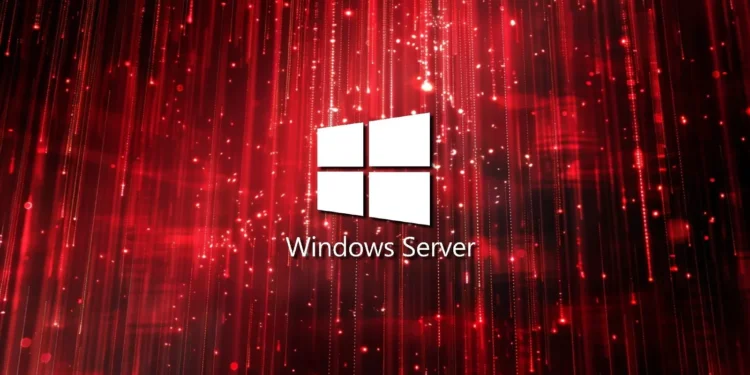In a significant update that has brought relief to numerous IT departments across the globe, Microsoft has successfully rectified a challenging bug in Windows Server 2022. This bug had caused startup failures on systems equipped with two or more NUMA nodes, a common configuration in high-performance computing environments. The fix is part of a broader effort by Microsoft to enhance system reliability and performance, crucial for enterprises relying on powerful server architectures to handle complex computing tasks.
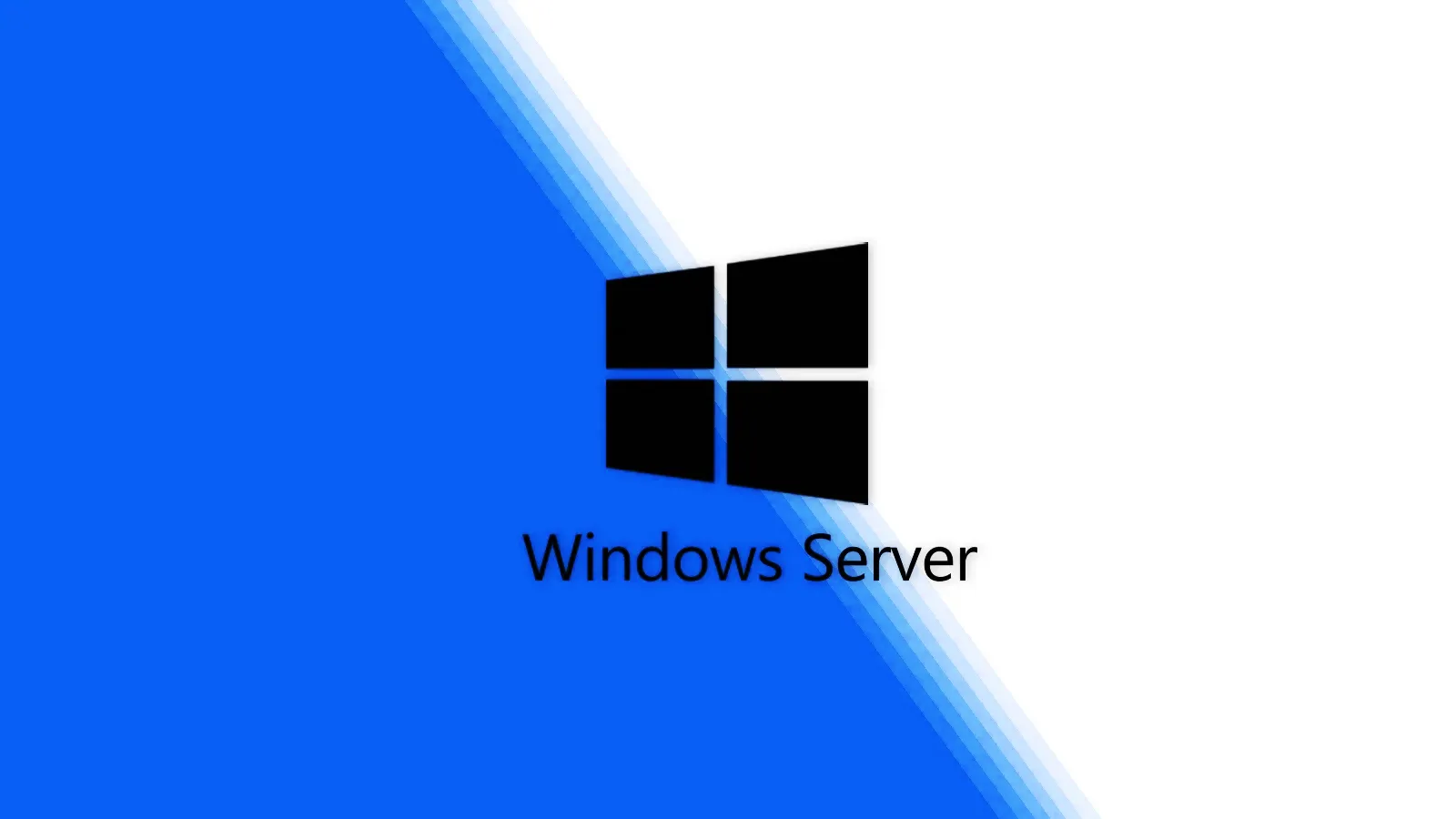
Understanding the Impact of NUMA Nodes on Server Performance
Non-uniform memory access (NUMA) is a critical memory architecture where multiple processors are interconnected with a shared memory pool to mitigate performance bottlenecks. This setup is particularly prevalent in systems that boast multiple physical CPUs or multi-core processors, which are staples in sectors requiring robust computing capabilities, such as enterprise computing and data analysis.
A NUMA node essentially fine-tunes the interaction between CPUs and memory, optimizing performance by facilitating quicker access to local memory for specific processors. This reduces the time required to connect to remote memory associated with other nodes, thereby enhancing the overall speed and efficiency of multi-processor systems.
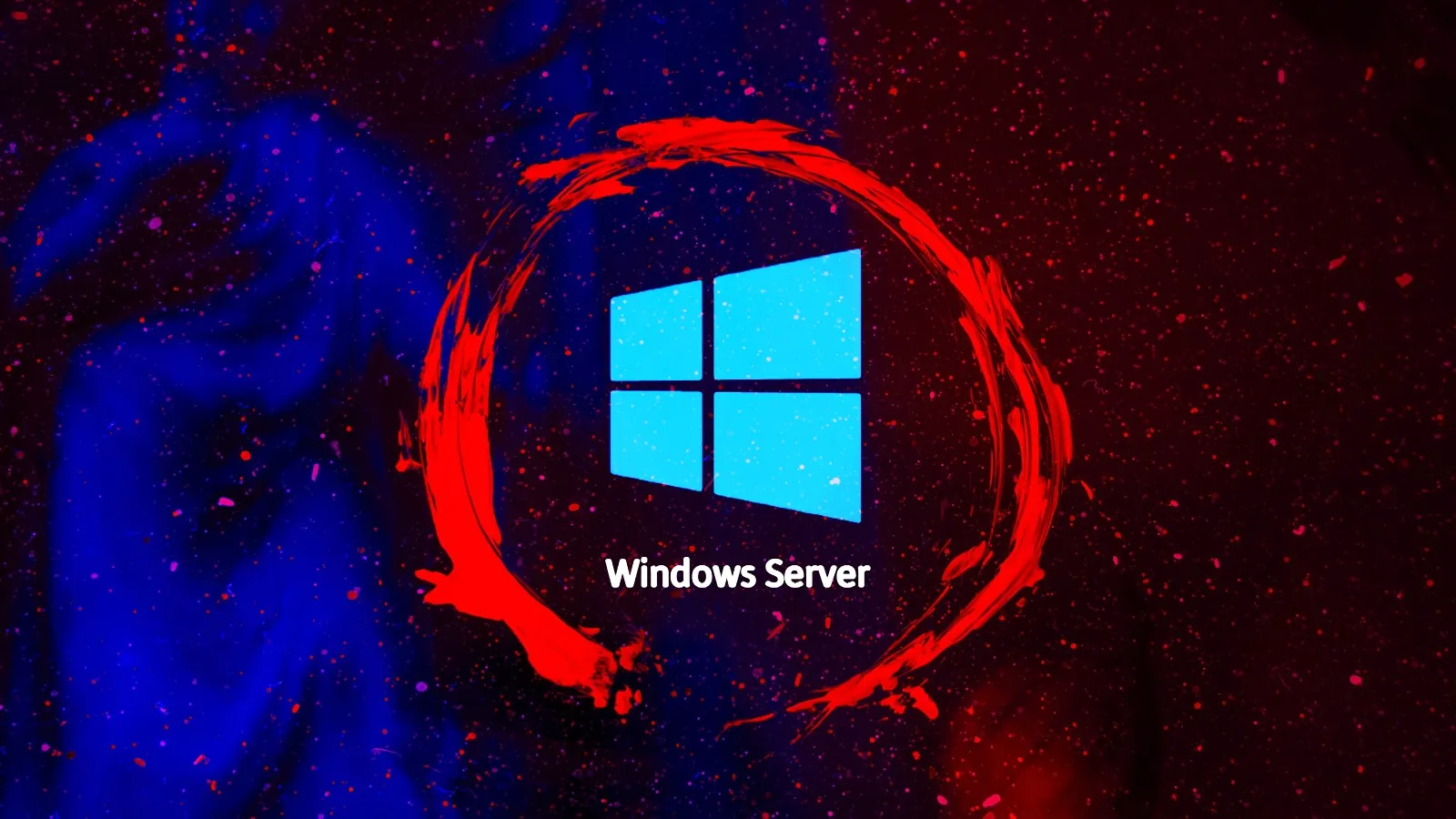
Microsoft’s Proactive Response to Server Challenges
The issue, as outlined in Microsoft’s support document KB5052819, specifically impacted servers with multiple NUMA nodes, preventing them from booting successfully. This documentation was released over a recent weekend, illustrating Microsoft’s commitment to timely and effective solutions for its user base.
Further ensuring system stability, Microsoft also rolled out a servicing stack update (KB5050117) for Windows Server 2022. This update comprises several quality enhancements to the servicing stack—the component responsible for implementing updates. “Servicing stack updates (SSU) ensure that you have a robust and reliable servicing stack so that your devices can receive and install Microsoft updates,” stated Microsoft. This update is part of Microsoft’s ongoing strategy to fortify the update process and ensure that system updates do not disrupt operations but instead enhance system integrity and reliability.
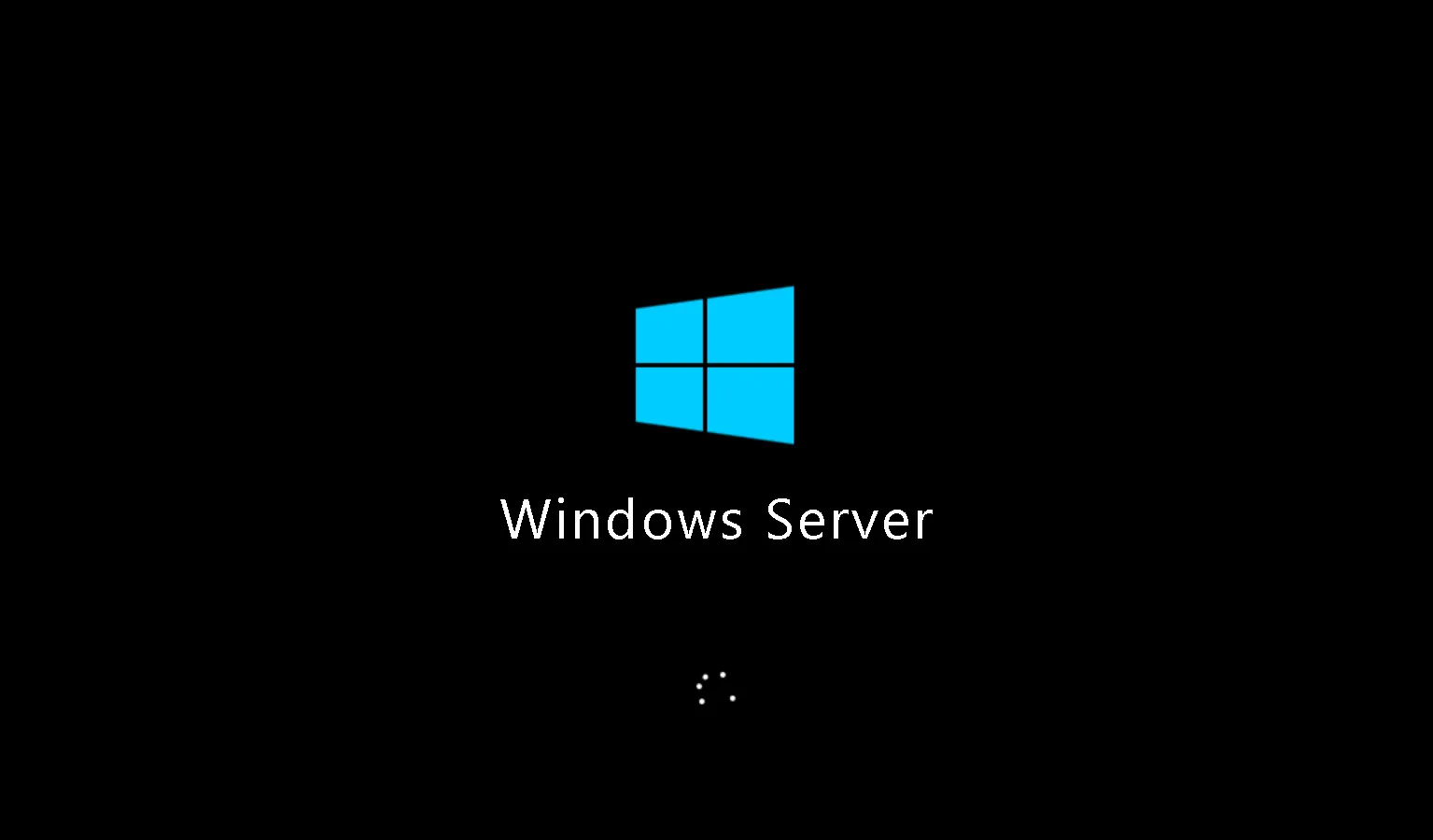
Historical Context and Continuous Improvements
This is not the first time Microsoft has had to address boot issues in its server products. In September, the tech giant resolved a similar issue affecting Windows Server 2019, which encountered boot problems, freezes, and performance dips following the installation of August 2024 security updates. Additionally, in November, Microsoft tackled multiple bugs causing installation troubles, upgrade dilemmas, and Blue Screen of Death (BSOD) incidents on Windows Server 2025 devices with high core counts.
Looking ahead, Microsoft is addressing another ongoing issue with Windows Server 2025 that leads to boot failures in iSCSI environments, showing “boot device inaccessible” errors. This proactive approach underscores Microsoft’s commitment to addressing software reliability comprehensively, ensuring that their server operating systems remain robust and dependable for enterprise applications.
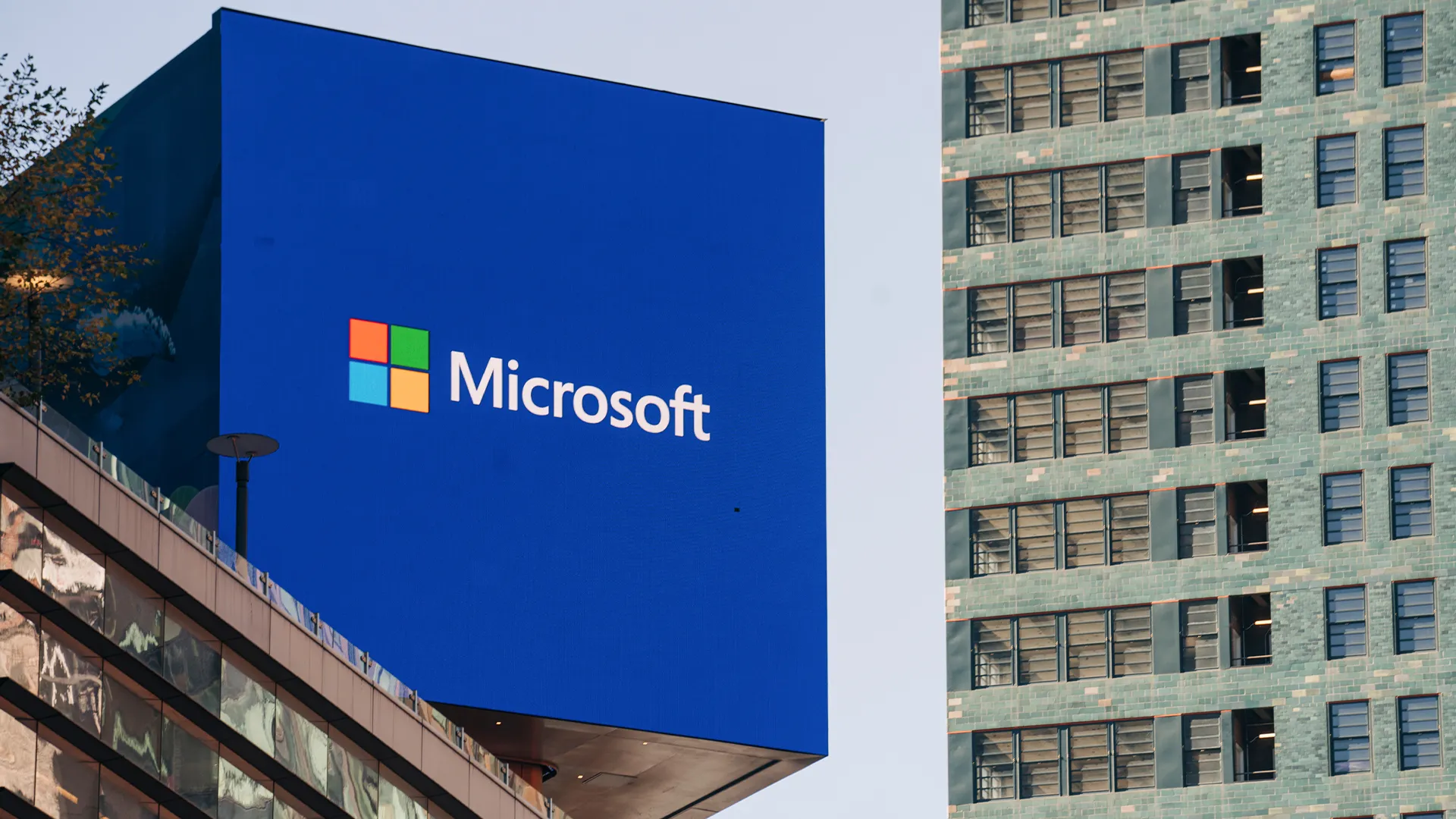
Microsoft’s latest updates underscore its ongoing commitment to enhancing the reliability and performance of Windows Servers. By swiftly addressing these critical issues, Microsoft not only supports the backbone of enterprise IT infrastructure but also reinforces the trust that businesses place in their technology solutions. As organizations continue to depend on sophisticated server architectures for their operational needs, the ability of companies like Microsoft to quickly rectify such pivotal issues will remain a cornerstone of enterprise IT strategy.

